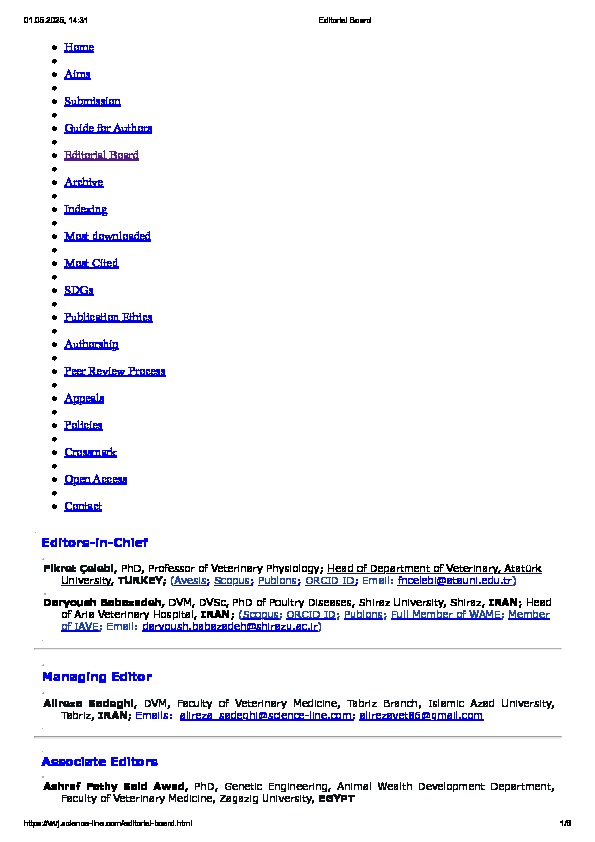id: 38872
Title: Canine Mast Cell Tumors: Clinical Signs, Laboratory Diagnosis, Treatment, and Prognosis
Authors: Zhelavskyi M., Kernychnyi S., Zakharova T., Betlinska T., Luchkа M.
Keywords: Canine, Diagnosis, Mast cell tumor, Mastocytoma, Skin tumor
Date of publication: 2025-05-01 14:33:08
Last changes: 2025-05-01 14:33:08
Year of publication: 2025
Summary: Canine mast cell tumors, a tumor originating from mast cells involved in allergic reactions and inflammation, are among the most common skin tumors in dogs. The present study aimed to explore the clinical features, diagnostic approaches, and prognosis of canine mastocytomas through a case study. A 5-year-old male Akita, weighing 35.8 kg, was brought to the Doctor VET veterinary clinic in Kamianets-Podilskyi, Ukraine, for evaluation. Upon initial examination, the dog had a body temperature of 38.5°C, a heart rate of 74 beats per minute (bpm), and a respiratory rate of 28 breaths per minute, all of which were within normal physiological limits. The animal was alert and responsive and displayed no signs of systemic distress. A detailed physical examination revealed a tumor located 35.2 mm below the plantar surface of the tarsal joint (art. tarsi). The tumor was round, mobile, and surrounded by a thin fibrous capsule, with no signs of pain or discomfort during palpation. Cytological analysis showed a highcellularity smear with numerous mast cells scattered throughout the field. These сells were round to oval in shape with abundant cytoplasm containing dense, basophilic to metachromatic granules. The hematological evaluation indicated a systemic inflammatory or immune response triggered by the tumor, as evidenced by neutrophilic leukocytosis (73.1%; 8.89×10⁹/L). Biochemical analysis revealed an elevated alkaline phosphatase activity level (4.45 μmol/L), suggesting systemic involvement. The tumor was surgically excised, ensuring complete removal with wide margins to minimize the risk of recurrence. Histological examination of the excised tissues confirmed a densely cellular neoplastic infiltrate composed predominantly of mast cells arranged in sheets and clusters. The mast cells displayed significant cellular and nuclear pleomorphism, characterized by moderate to marked anisocytosis and anisokaryosis. While no significant necrosis was observed, scattered apoptotic bodies were present, indicating ongoing cellular turnover. This case highlighted the critical importance of early diagnosis and comprehensive management of canine mastocytomas. Low-grade tumors often carry a favorable prognosis when treated promptly and appropriately. However, higher-grade or poorly differentiated tumors may require multimodal therapeutic approaches to achieve better outcomes.
URI: http://www.vsau.vin.ua/repository/getfile.php/38872.pdf
Publication type: Статті Scopus
Publication: World’s Veterinary Journal. 2025. Vol. 15, Issue 1. P. 31-41. DOI: https://dx.doi.org/10.54203/scil.2025.wvj4
In the collections :
Published by: Адміністратор
File : 38872.pdf Size : 5032501 byte Format : Adobe PDF Access : For all

| |
|
|